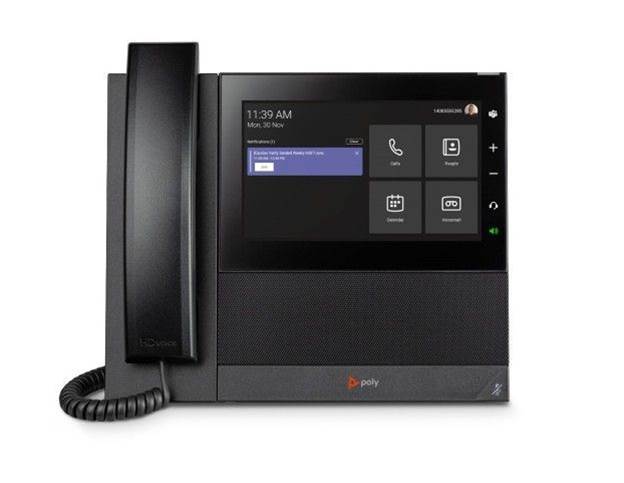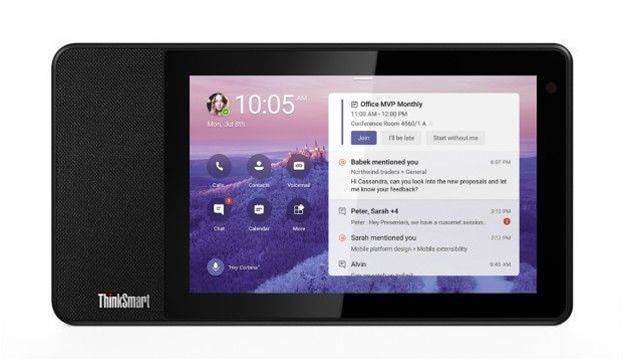Microsoft has previewed a set of devices designed for Teams calling, as well as financing options for those devices, set to roll out from this month in the US and to more countries next year.
The portfolio of Teams phones includes four different categories of devices, made by Microsoft’s hardware vendor partners, including USB Solutions, Affordable phones with hardware buttons, Teams phones and Teams Displays.
In the USB Solutions category, Microsoft wrote on its Tech Community blog that the first USB phone certified for Teams, the Yealink MP50, would be available this month in the US.

“This PC peripheral gives users a phone experience with a dial pad and handset that is plugged directly into a PC or docking station without complicated setup. While connected to Teams, the USB phone frees up your PC screen for other tasks while the device can take on the call,” the post read.
In the Affordable phones department, Microsoft has partnered with Audio Codes and Yealink to release a line of affordable phones with a non-touch display and hardware buttons that the vendor said would be available from around March next year.

Microsoft has had Teams phones on the market since 2018, and has iterated on the portfolio since then and partnered with Yealink, Audiocodes and Poly to now offer new security features and a redesigned UI.

Teams Displays mark the newest category of collaboration experiences brought to market by Lenovo, Microsoft said.
“Now available on the ThinkSmart View, the Teams display integrates Artificial Intelligence and Cortana into your collaboration experience, creating the first intelligent companion device in market,” the post read.
“Leverage voice-activated commands with Cortana to quickly place a video call to your collaboration partners and rely on an informative ambient display which brings to your attention your personalized notifications and alerts.”

The company also mentioned the kit would be available for monthly financing through the Teams devices marketplace. This feature would start in the US before rolling out to more countries next year.
“Users can add products to their shopping cart and with qualifying orders, be eligible for two or three-year payment plans. This way what would have been an initial high investment can be broken up into smaller payments and redirected to other priorities customers may have,” the post read.





_(11).jpg&h=142&w=230&c=1&s=1)




.jpg&w=100&c=1&s=0)
_(8).jpg&w=100&c=1&s=0)







.jpg&q=95&h=298&w=480&c=1&s=1)





